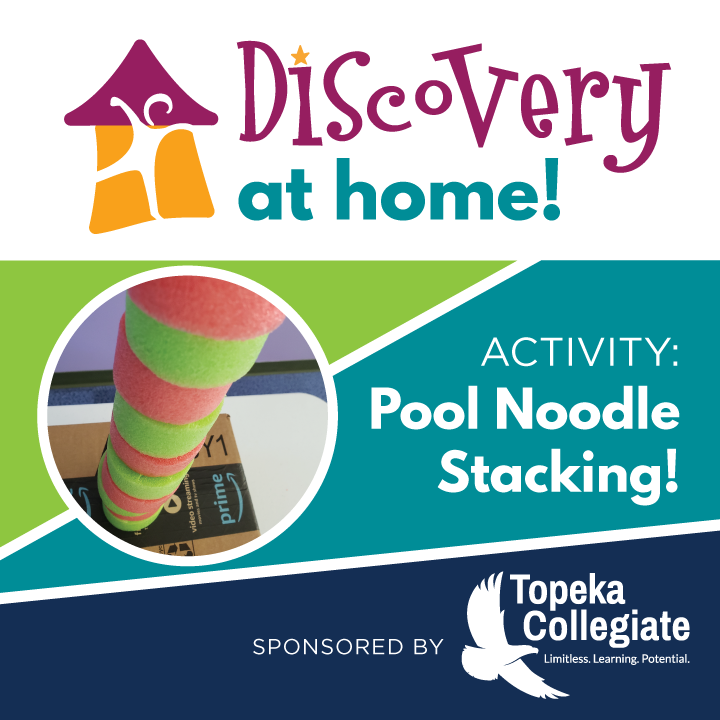What you need:
- Laundry Basket(s) and/or box
- String or yarn
- Kitchen utensils, toys, other items to place in the basket web
Directions:
- Place the kitchen utensils, toys and other items in the bottom of the basket.
- Create a web using string through a laundry basket so it traps the items resting at the bottom of the basket.
- Have your toddler attempt to save all the items from the basket!
Ways to expand the activity:
- Allow for some serious fun individual play as your child discovers the joy of creating their own pretend fun.
- After a time, join in the fun and allow your toddler to direct you. What else should be placed in the basket web? Which item is the easiest to take out?
What do they learn?
- Your toddler learns how to create their own fun. They create, problem solve, self-soothe and stimulate.
- They learn about themselves. They learn that cradling a toy they rescued from the spider can help them feel connected and valued in a relationship. They actively practice the physical movements that their body craves: stretching, reaching, balancing and touching.
- Autonomy. They learn what it feels like to be successful. With each discovery, decision, movement and creation, your toddler is learning to trust and value him or herself.










